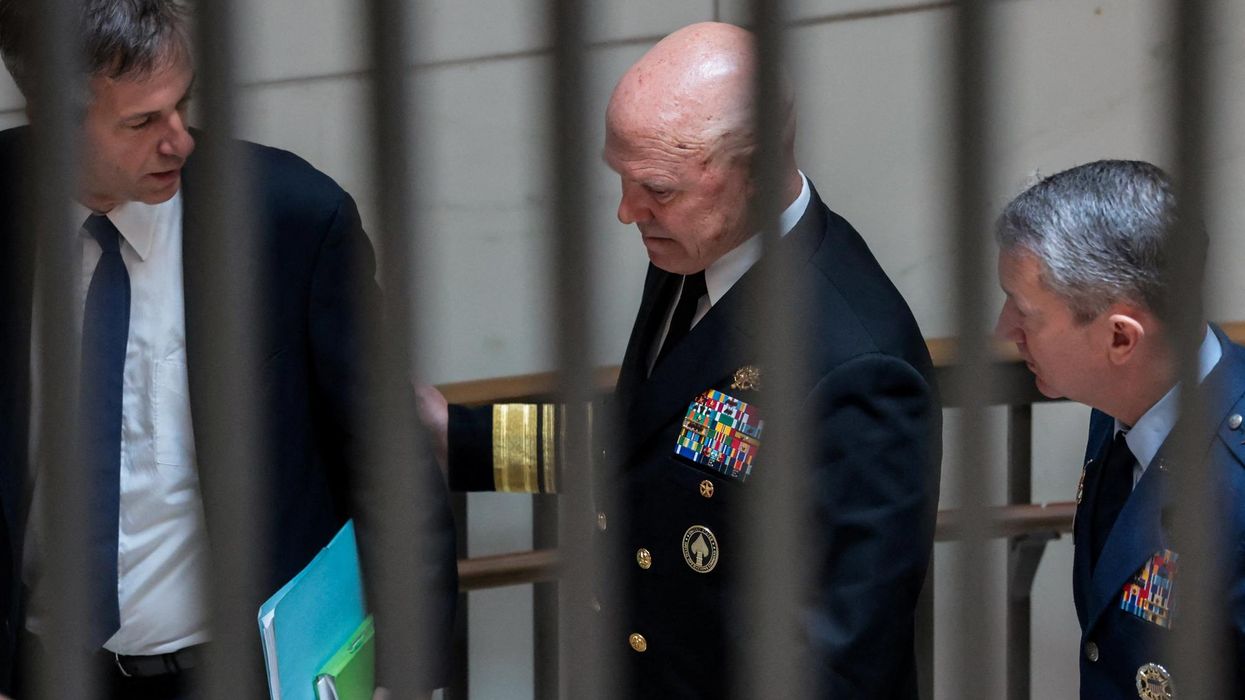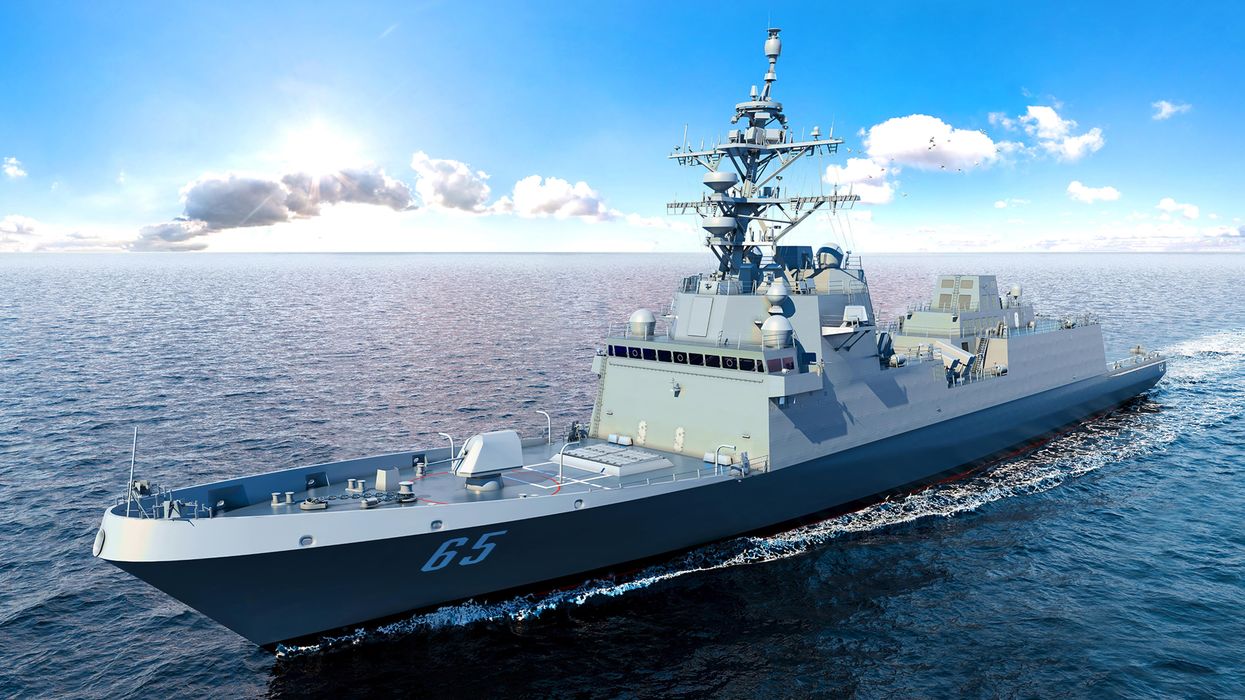General Qassem Soleimani, the charismatic commander of the Iranian Revolutionary Guards’ Quds Force and a bête noire of the United States and its regional allies, was finally killed by the U.S. military while leaving the Baghdad airport. Following his death, Iran’s Supreme Leader promised that the perpetrators would be harshly punished and declared three days of public mourning.
Meanwhile, both Iran’s high national security council and the foreign ministry held extraordinary sessions, presumably to craft an appropriate response. Internationally, including in the United States, commentators warned of the potentially dangerous consequences.
Yet because of continuing tensions in U.S.-Iran relations, coupled with developments in Lebanon and Iraq, two places where the U.S. and Iran are engaged in indirect competition, an incident such as Soleimani’s killing was almost inevitable.
Why Trump Ordered Soleimani’s Killing
The first question to ask is why President Donald Trump ordered Soleimani’s killing and thus increased the risk of a direct conflict with Iran? To answer this question, it’s important to consider the following factors:
First, harsh economic sanctions have not convinced Iran to talk to the United States, agree to a new deal to replace the Joint Comprehensive Plan of Action (JCPOA), and alter regional policies deemed unacceptable by Washington. Thus, Trump might have been signaling to Iran that the U.S. had other means of pressuring Tehran.
The second factor relates to the latest developments in Iraq, especially attacks on a U.S. military base which killed one American national and wounded several others. The United States retaliated by attacking the Iraqi Shiite militia, Kataeb Hezbollah. This attack in turn led to anti-American protests in Baghdad and attempts to gain access to the American Embassy. Given that Washington views Iraq’s Shiite militia and other anti-American groups as mere handmaidens of Iran, it inevitably held Tehran responsible for its recent troubles in Iraq. Killing Soleimani was in retaliation for Iran’s role.
Moreover, there might have been pressure from Iran hawks in the U.S. to punish Iran directly. They advised that, since Iran did not care much for Iraqis, instead of attacking Iraqi militia the U.S. should directly target Iran.
Third, in light of the Supreme Leader’s comments following U.S. attacks on Kataeb Hezbollah, to the effect that Washington cannot do anything to Iran, Trump wanted to show Iran that it should not be complacent regarding the United States’ possible actions, notwithstanding his desire to avoid another war in the Middle East.
Consequences for U.S.-Iran Relations
In the immediate future, Soleimani’s killing will exacerbate U.S.-Iran tensions. Depending on Iran’s retaliatory actions against Washington, including targeting of U.S. interests in Iraq, it could sharply increase the risk of a military confrontation between the two. However, if this incident prompts both Iran and the United States to see the risks in their current postures of maximum pressure and maximum resistance and tit-for-tat strategies, it could lead to efforts to de-escalate tensions and even open the way for some form of negotiations.
Regional Ramifications
Soleimani’s killing shows how the political dynamics of the Levant and the Persian Gulf region, including Iran and Iraq, have grown increasingly close. The fact that he was traveling from Lebanon to Iraq symbolizes this growing connection.
These connections had existed since the 1950s, but they grew steadily from the 1980s onwards with the Iranian Revolution and the Israeli invasion of Lebanon in 1982. The Iraq and Syria wars amplified these connections.
Soleimani’s killing also may herald a greater determination on the part of U.S. and Israel to dislodge Iran from Iraq and Syria and in this way also weaken its ties to Lebanon. Recently, an Israeli defense official said that Israel cannot accept the entrenchment of Iran’s position in Iraq. A main reason is that this facilitates Iran’s presence in Syria, and brings its influence closer to Israel. It is noteworthy that the base attacked by the U.S. forces was near the Iraq-Syria border.
Whether U.S. actions will lead to a broader regional conflict will depend on Iran’s response and the extent of its willingness to test Washington by launching retaliatory attacks. If Tehran decides on this course of action, the situation in Iraq and Lebanon will deteriorate and the risks of a larger conflict emerging would increase. But if Iran exercises restraint, such risks could remain manageable.
Potential Implications for U.S. Middle East Strategy
The latest developments, including Soleimani’s killing, illustrate the flaws in a piecemeal, unrealistic, and excessively military-reliant U.S. strategy. Experience of the last two decades shows that at least to manage Middle East conflicts and tensions, the United States should adopt a strategy that recognizes the region’s historical realities and its ethnic and religious fault-lines, rather than trying to reshape them wholesale. It should also adopt a reasonably neutral posture on regional disputes. In this way, it would be able to exert more real influence at less cost and become an effective mediator.
Good or bad, glorious martyr or evil plotter, Soleimani has now joined his maker. However, his passing will not make the Middle East a peaceful place or solve the United States’ many strategic dilemmas there.
















